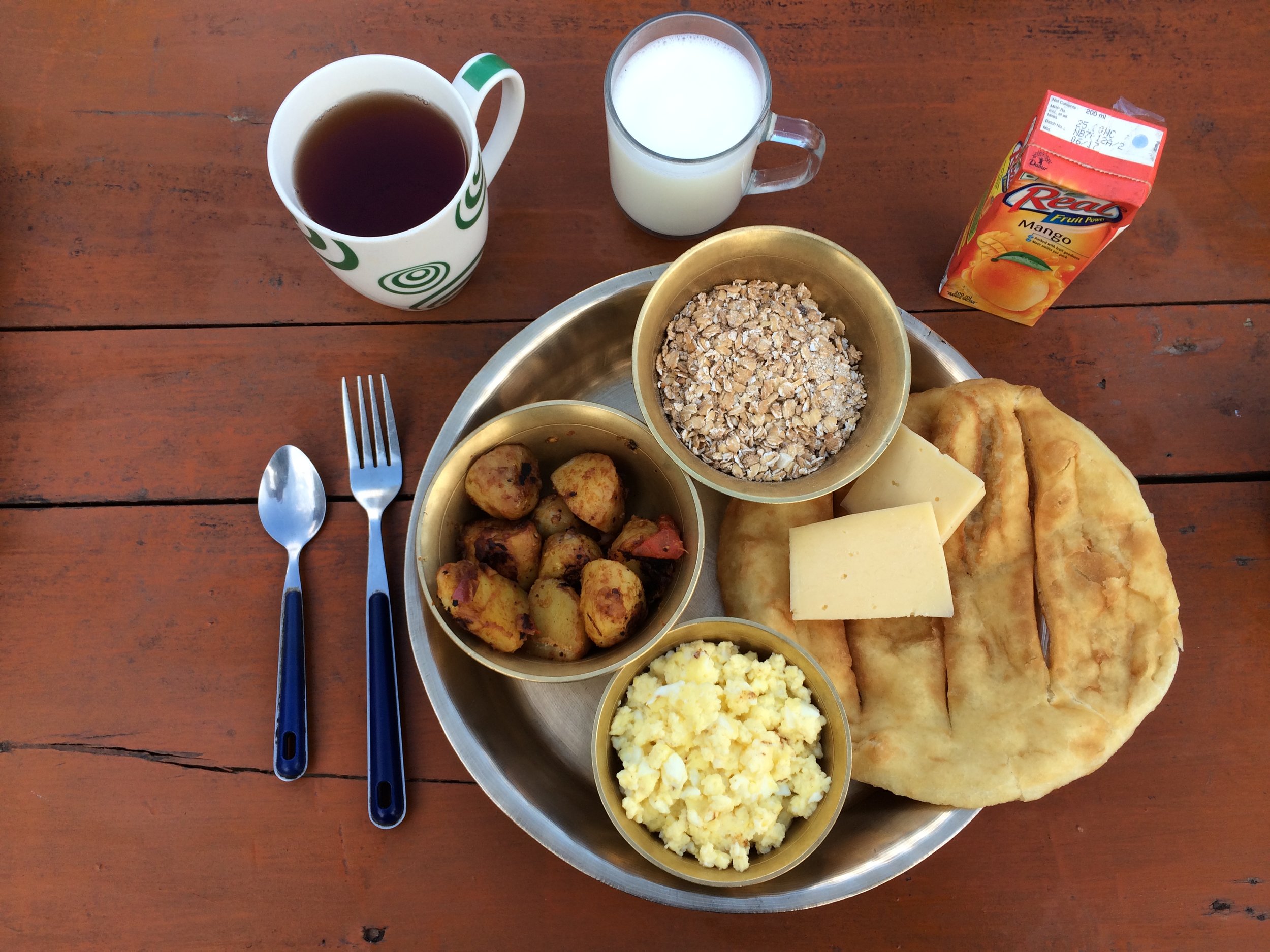As part of Her Odyssey, Bethany plans to walk the length of the Americas while serving as a window into the people and natural beauty she encounters along her way.
"We have hiked along the Senos of the South, through snowy passes and Patagonia old growth forests, past forest fires, across roaring rivers. We’ve grown from adventurous little girls into women who walk 'impassable' stretches of wilderness and regularly eat dessert first.
We see a growing movement of women across the globe standing up and stepping forward. From workplace to personal life; in agriculture, art, sciences, adventure sports, the list goes on. It is our belief that by each pursuing her dream and passion, we forge a more equal playing field. Our chosen field is long-distance hiking.
Following and connecting routes of Tehuelche tribes to the Incan road system, the Qhapaq Ñan, we anticipate South America taking three hiking seasons – weather, terrain, and governments allowing. We aim to finish South America at Tolú, Colombia and move laterally into Panama.
The parameters are to travel along the mountain ranges which comprise the backbone of the Americas, gaining northward degrees of latitude by non-motorized means. This allows for more expedient lateral movement to avoid danger zones such as the the Darien Gap.
Biking Central America will enable broader and safer exploration. In Mexico, following along the Sierra Madres Occidental range leads to the southern border of the United States near New Mexico.
Then we will pick up on the Continental Divide Trail which traces the Rocky Mountains through the United States, feeding into the Great Divide Trail of Canada. Thereafter, the course aims for the Yukon, though an alternative is to paddle the Mackenzie River.
Alaska presents a wide array of travel options, from our go-to method of hiking, to cross-country skis or dog sled. The end point of this journey will be determined by the mode of transportation at that time, though the ultimate objective is to arrive at the Arctic Ocean.
Beyond writing about our hiking experiences, we round out the perspective by sharing stories of the lands and people. The Herstory Series illuminates the experience of women who live in pursuit of their own highest self and are willing to share that adventure. The Story Time series relates folklore and local legends which inform cultural perspectives and values."
Color us impressed. We'll be following Bethany and Lauren's journey as they make their way northward and we'll continue to be awed by the strength and determination they show as they put one foot in front of another.
For. The. Next. Five. Years.
Sneak a peek from the trail @_herodyssey_.
Learn more about Bethany and Her Odyssey.

































































